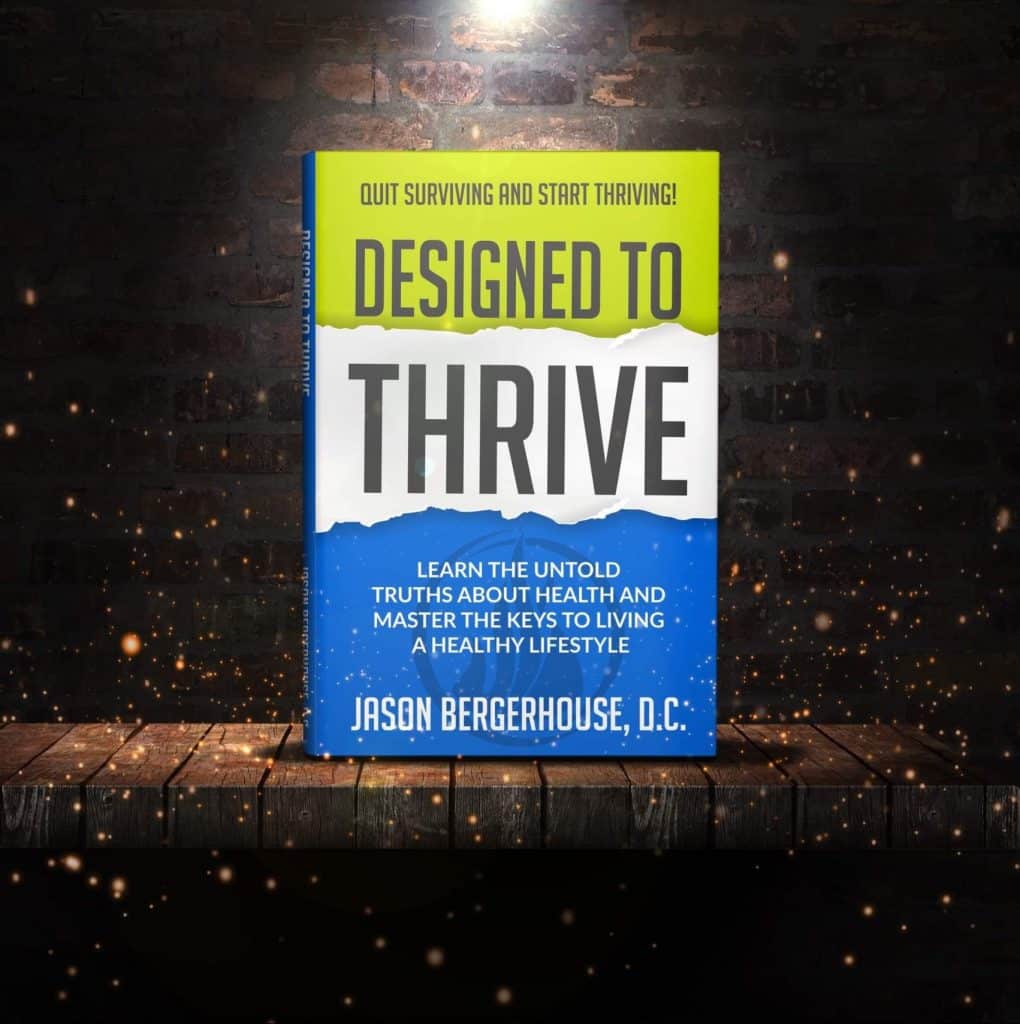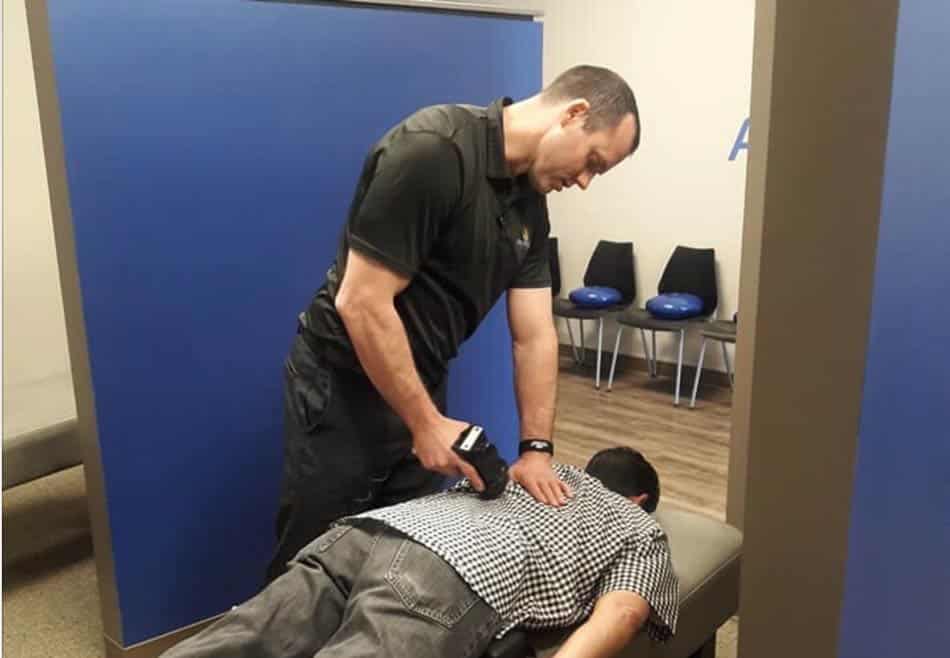Move more and sit less! Because sitting more and moving less has become the cultural norm, we need to interrupt that pattern of behavior with daily movement and exercise. For example, I recommend to all my patients that they take a break from sitting every forty-five minutes to an hour. This means that when that forty-five minutes or one-hour mark hits, they must get up, walk around, and do some stretches. I have included one of my stretches for “office athletes” in the appendix section for this chapter. When we get up and move around, we are re-energizing ourselves, getting the blood flowing, and reducing tension and stress. People who take more breaks at work and move around are more productive. One study in the Journal Cognition showed that even brief diversions from a work task can lead to a dramatic increase in focus and productivity on a task for prolonged periods. It’s important for business owners to know that letting their employees take quick breaks from their tasks can increase their overall production for the business.
Moreover, sitting for prolonged periods of time can negatively impact one’s psychological health. A study out of the University of Tasmania showed that employees who sat for longer than six hours at a time had a remarkable increase in anxiety and depression compared to those who sat for less than three hours per day. The study also concluded that women seemed to be more impacted by sitting than men did.
The other thing I recommend is walking at a brisk pace for a minimum of twenty minutes per day. A Cambridge University study of 334,000 people revealed that increasing your level of physical activity prolongs your life. The study concluded that walking briskly for a minimum of twenty minutes a day, “…burning between 90 to 110 calories” can cut the risk of premature death by up to 1/3 in people considered the least fit. Obese people can expect a 16% reduced risk of dying early, while those of a healthy weight could expect a 30% reduced risk. This study suggests that even a little activity among those least active has substantial benefits. There is also an obvious conclusion to make from this study. If a person of any BMI were to do longer bouts of exercise while upping the intensity levels, they would benefit even more.
I was fortunate growing up because I had parents that exercised regularly. Growing up in the 80’s, Gold Gyms, step aerobics, leotards, and bodybuilding were immensely popular. My parents were into all of it. I can still remember to this day my mom taking me to the local “Club” as they called it. Delta Athletic Club was a big two-story building with weightlifting equipment, racket-ball courts, and a basketball court, and that was just the downstairs. The upstairs consisted of cardio equipment along with a nice size group fitness room. Even though I was stuck in the Kids Care Center, my mom taking me to the gym played a huge role in my workout habits today. My mom was planting a seed and she didn’t even know it.
My dad also played a role in me now working out regularly. In his hay-day my dad weighed a good 240 lbs. and at 6’2” he was a giant! He would take me to the gym police department gym to workout with him. He taught me how to do things like preacher curls and bench press. At the time I could barely bench press the bar and I probably weighed 130 lbs. sopping wet! When I turned seventeen, I really got into working out and lifting weights every week. And even though my workouts have changed, the habit of working out multiple days every week hasn’t. If you have kids, your kid’s habits are a direct reflection of your habits. Your actions will play a role in the decisions they make for the rest of their lives. This is especially true when it comes to diet and exercise.
A study of 554 Southampton, U.K. moms, along with their four-year-old children, showed a “…direct correlation in physical activity levels among mothers and their children!” This is a no brainer! If moms make exercise a priority, their kids will engage in more physical activity! The reverse is also true, sadly, if mom leads a sedentary lifestyle the child is more likely to follow suit. As taken from a CBS report:
“But this study is also one of many that demonstrate how mothers often serve as ambassadors for the health and wellness of their family, especially their youngest children. The authors of the paper suggest a family’s health can be improved by implementing programs that encourage mothers and their children to engage in exercise together.”
If you make working out and eating healthy a regular thing in your household, it just becomes the norm, period. Often, I have heard parents say that they just can’t get their kids to eat healthy. But, after digging deeper, I found out that the parents weren’t eating healthy either. Suffice to say, to get your kids to lead healthy lives you must be the leader and set the tone. Kids follow their leaders. It’s time more parents consider themselves to be leaders in their family and follow it up with congruent action!
“Exercise is King, and Nutrition is Queen: Together you have a Kingdom.”
– Jack Lalanne
REFERENCES:
University of Illinois, “Brief Diversions Vastly Improve Focus, Researchers Find.” 2011, FEB 8th, https://www.sciencedaily.com/releases/2011/02/110208131529.htm
Kilpatrick, M., Sanderson, K., Blizzard, L., Teale, B., Venn, A. (2013), Cross-sectional associations between sitting at work and psychological distress: Reducing sitting time may benefit mental health. Mental Health and Physical Activity, 6(2), 103–109.
University of Cambridge, “Lack of Exercise Responsible for Twice as Many Deaths as Obesity.” American Journal of Clinical Nutrition; 14 Jan 2015, https://www.cam.ac.uk
Firger, Jessica, “When Moms Exercise, So Do Kids.” 2014, MARCH 24th



